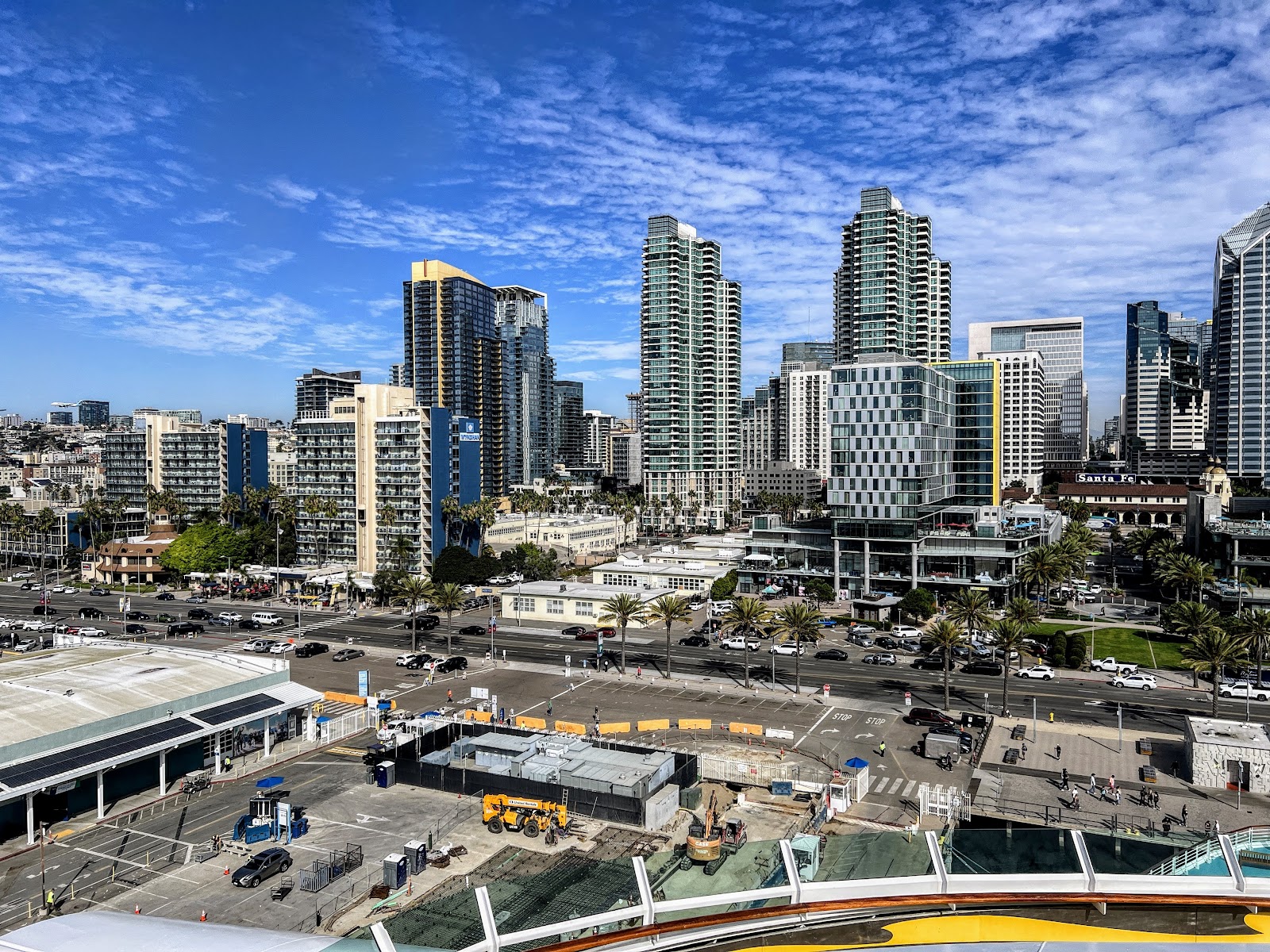This is a lifesize replica of an Olmec head found in a botanical garden on the island of San Miguel de Cozumel. This particular sculpture was reproduced from an Olmec head or colossal head labeled as number 1 in the Xalapa's museum of Anthropology. It is also known as "el rey" (the king) It was found in San Lorenzo, Tenochtitlán (name of the archeological site, usually shortened to San Lorenzo), located at Texistepec, State of Veracruz, México. It dates from 1200 to 900 years B.C. and is 2.9 meters high and 2.1 meters wide. See “File:Cabeza Colosal No1 Del Museo Xalapa.Jpg.” In Wikipedia, May 9, 2012. https://en.wikipedia.org/w/index.php?title=File:Cabeza_Colosal_n%C2%BA1_del_Museo_Xalapa.jpg&oldid=491549457
Here is a brief explanation of the origin of these remarkable carvings from “Cabeza colosal.” In Wikipedia, la enciclopedia libre, October 19, 2023. https://es.wikipedia.org/w/index.php?title=Cabeza_colosal&oldid=154729115.
The Olmec colossal heads are stone representations of human heads sculpted from large basalt boulders. They range in height from 1.17 to 3.4 meters (3.8 to 11.2 ft) and weigh an average of 8 tons.
The heads date from at least 900 BC and are a distinctive feature of the Olmec civilization, the first civilization to develop in Meso-America.
The Olmec civilization flourished in the lowlands of southeastern Mexico, especially in the states of Veracruz and Tabasco, between 1500 and 400 BC. The heads are believed to portray powerful individual Olmec rulers, as they display unique facial features and expressions that may be considered portraits. The heads also wear protective helmets that were worn by the Olmec in battle and during the Meso-American ballgame. Some helmets have jaguar paws or talons as symbols of political and religious power.
The boulders used for the heads were brought from the Sierra de Los Tuxtlas mountains of Veracruz, over 150 kilometres (93 mi) away from some of the Olmec sites. The method and logistics used to transport the stone remain unclear, but it is likely that they used river rafts and log rollers. The heads were sculpted using hard hand-held stones and drilled with reeds and wet sand to create depth and detail. They were probably originally painted with bright colors.
Seventeen confirmed examples of the heads have been discovered to date, from four sites within the Olmec heartland: San Lorenzo, La Venta, Tres Zapotes, and Rancho La Cobata.
The heads were variously arranged in lines or groups at major Olmec centers, but some were moved or buried by later cultures or natural events. Dating the monuments remains difficult because of the lack of archaeological context for many of them. Most have been dated to the Early Pre-classic period (1500–1000 BC) with some to the Middle Pre-classic (1000–400 BC) period.


